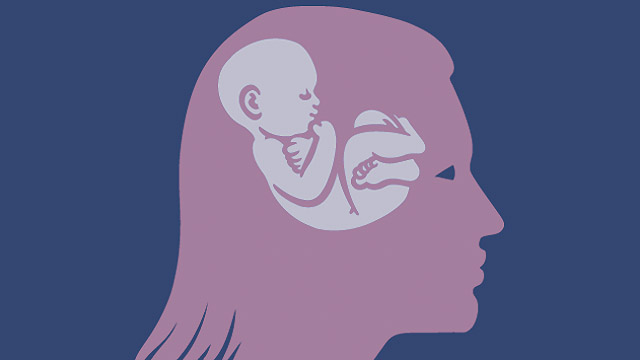Good and Bad Teachers

Teaching can
without any doubts be called the leading power of the society’s development. It
is well known that there exist three main factors that influence the
development of the personality. They are: heredity, social encirclement and
education. Usually the term education is used meaning the great impact that
parent have on the future personality of their child. But this also includes
school education, because nowadays, when parents are very busy they are the
people, who teach children what is beautiful and what is ugly, what is right
and what is wrong. Through them children learn to perceive the inner world. And
the way they perceive it depends on the teacher’s personal particularities that
are transmitted to children through interaction and the knowledge that the
teacher offers them. A good teacher is a person who finds individual approach
to every pupil, taking care about the child’s adaptation in class, increasing
one’s social status in class and making sure the children learn to take into
account and respect the thoughts of other people.
Therefore there
is much more to a teacher than high professionalism. What makes kids hardly
wait until the lesson starts in one cases and hating the subject in others? Of
course high professionalism in the field of the taught subject is very
important, but when it comes to being a bad or a good teacher this is not the
weightiest factor. A good teacher is a person who not just reproduces the
knowledge he got. Not a person that only brings up the interest to the subject.
It is a person who finds individual approach to every pupil, taking care about
the child’s adaptation in class, increasing one’s social status in class and
making sure the children learn to take into account and respect the thoughts of
other people. It is a man or a woman that can not “play” the teacher’s role but
he in the first place “ a feeling human being” in front of the students, a
person that can show emotional response. For example, if the teacher is
professionally good enough but does not take critics from the pupils
constructively or does not explain why he thinks he is right this makes a huge
gap between the students and the teacher. And when there is no emotional
contact the learning cannot be called successful, for the students are not
completely involved. When the teacher does not treat students as people that
obey him, treats them like they are equal to him and explains equally to
everybody it can really be a pointer of a “good” teacher. And one other very
important thing is creativity.
Conclusion: One
of the indicators of a “good” teacher it is his desire to teach in a new,
original form, adding something new and personal to make the learning process
as exciting as it can possibly be. A bad teacher is a person that focuses only
on the information he provides not taking into account the children or
anything. It is a person that is doing its job. Such a person can be very good
in the theoretical part of his subject but he will never have students being
emotionally attached to him. It is a teacher that lets his personal mood
influence on the way he treats his students, ect. That cannot reduce awkward
situations with humor either it is him in the situation or his student. Being a
good teacher is about loving children and wanting to give them only the best
the teacher has inside of him.


